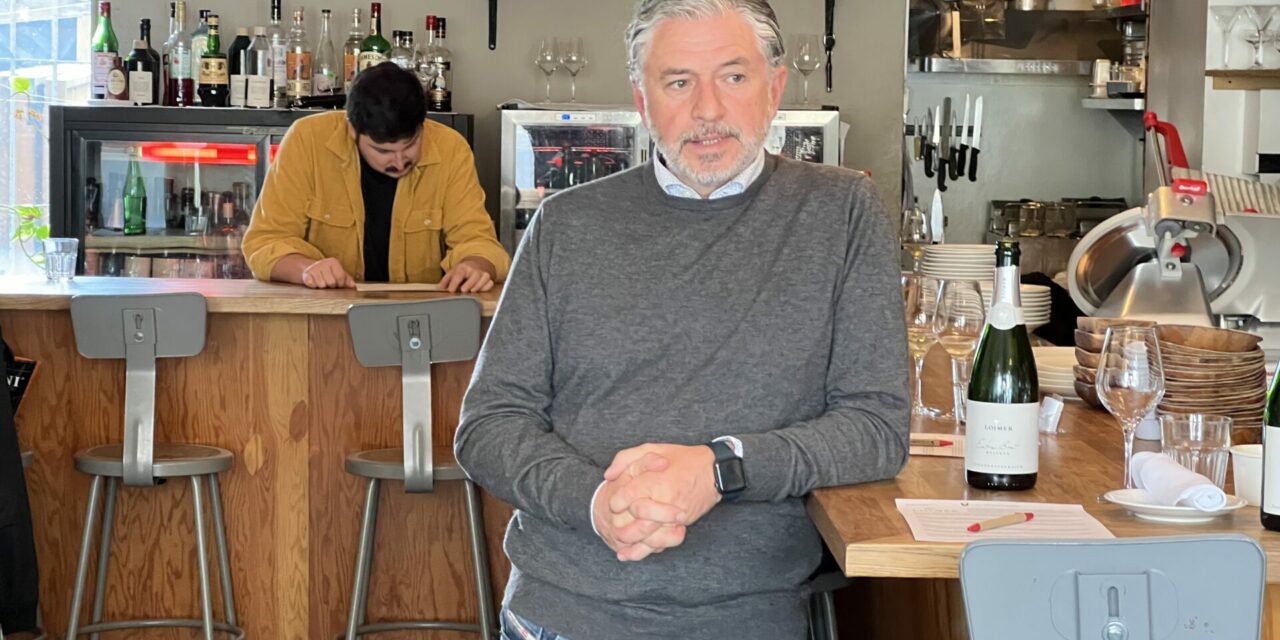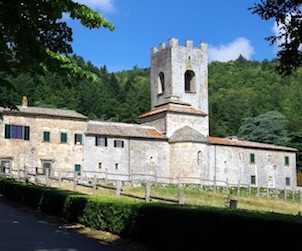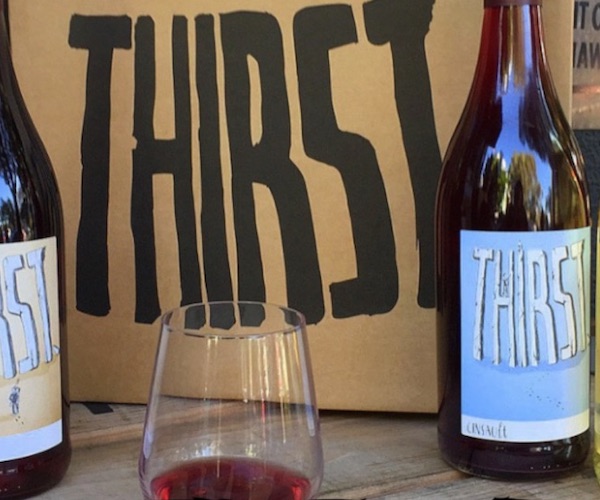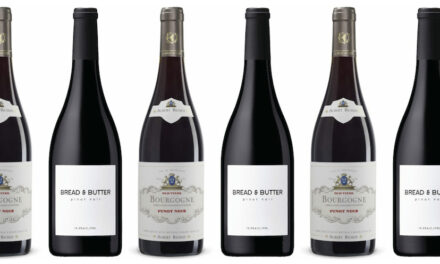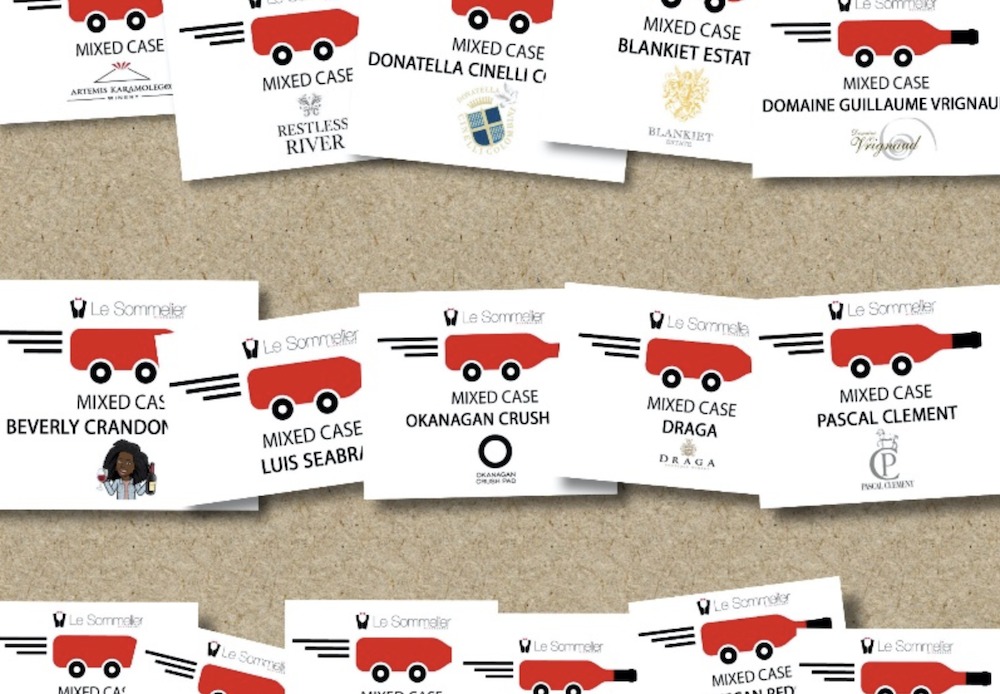Austria is a lesser-known wine-producing country for many wine enthusiasts, lost behind nearby winemaking giants Germany and Italy. Once someone introduces you to Grüner Veltliner you might harbour a soft spot for Austrian wines, but you’d have to intentionally seek them out.
They appear in the nooks and crannies of our wine market. There might be a spare couple bottles on an LCBO shelf where they’ll get looked over as German given the shared language and labelling conventions, or a few bottles languishing on a restaurant list. For many, they are often weirdly expensive for wines you’ve never heard of and don’t dare pronounce to ask for more detail.
If Glou-Glou wines are more your speed, you’ve probably enjoyed some irreverent expressions of Blaufrankisch or Rötbuger nee Zweigelt. Even then, they’re typecast as cheerful companions to weeknight takeout or patio sippers. Chances are you’ve not tasted the many other really serious wines coming out of Austria. Wines that come from precariously pitched slopes, made by winemakers leaning into lees contact and noble reduction. These are wines that almost always demand you slow down and spend time with them. They are textural and tightly wound. Even the versions created for “easy drinking” and by the glass lists are more about the minerality and vibrant acids than any kind of lush fruit.
I recently attended a tasting hosted at Archive wine bar, where vigneron Fred Loimer took us through a progression of his wines that highlighted the nuances of site, variety, and climate. The lineup also moved through the different quality classification schemes that Austria has been implementing over the last 20 years since the DAC system was broadly adopted. I’m highlighting some of the most interesting wines we tasted that afternoon, along with a few details that are helpful in continuing to explore Austrian wine.
I chatted with Fred Loimer a bit after the tasting, and I’ve included a brief portion of our interview that will be of interest to fans of Biodynamic winemaking. You can find this after my tasting notes.
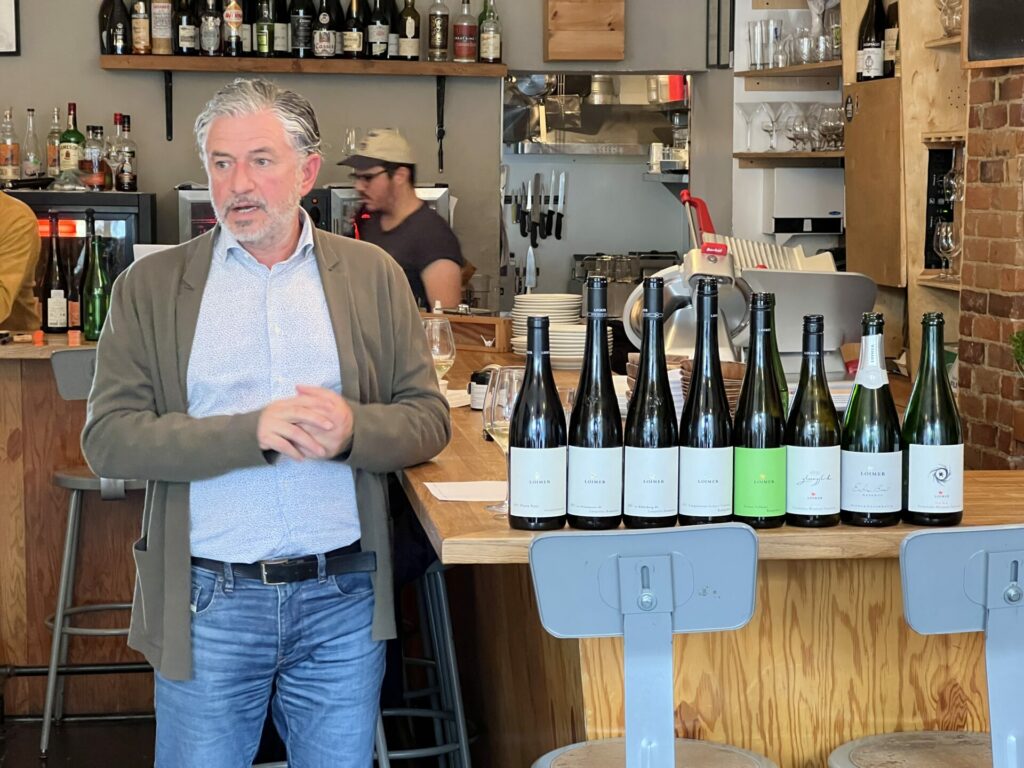
Fred Loimer presents his wines at Archive Wine Bar
The Wines
NV Extra Brut Reserve Sekt
Bone dry, feeling an awful lot like a decent grower champagne. Made from a blend based on 33% Zweigelt plus a mix of Burgundy grapes. The start is strong on the minerality, earth with fruit blooming more so on the finish.
Austrian Sekt Reserve has similarly strict production requirements to Champagne, even down to mandating whole cluster press and a strict press yield that ensures elegance. This is a wine I’ll happily pour over big house bubbly.
![]()
2022 Kamptal Gruner Veltliner
A flagship wine for the estate. Its a regional expression of Grüner Veltliner but this has more power than is all that typical of a regional bottling. The wine tastes of fresh peaches and pink grapefruit with a salty, pithy edge from tannin. It veers on too big but finishes on a surprisingly delicate note.
![]()
2022 Langenloiser Gruner Veltliner ![]()
2021 Langenlois Ried Kaferberg Gruner Veltliner ![]()
These two wines are best considered together as they share a lot in provenance. The Langenloiser shows a blend of sites where Ried Kaferberg is a single vineyard expression. They both come from Erste Lage sites, and share a very similar soil profile.
For all their similarities, they show quite different in the glass. The village expression is broad and earthy, with noticeably more density, while the Kaferberg is a more subtle but equally nuanced wine, showing more the fruit and delicate radish-like notes typical of Grüner.
The biggest differences between these two bottlings are their relationship to lees during their winemaking and ageing process. The Kaferberg sees much more time on lees during the winemaking process and a second long rest in stainless post-ferment.
I think this additional time on lees and a rest period in stainless steel explain the more closed style. I’m sure the Kaferberg will be amazing with time in the bottle, but I’m more drawn to the village bottling for drinking now.
2021 Langenlois Ried Steinmassl Riesling
An Erste Lage Riesling from vines rooted in calcareous clay and gneiss. This sees a similar winemaking to the Kaferberg Gruner Veltliner. It makes for a very interesting side-by-side. Austrian Riesling and Grüner Veltliner can be surprisingly hard to tell apart blind. The Riesling has fruit but it is fleeting on the palate. The opening crushed rock mineral notes and savoury, almost herbal finish really pull focus for now. The acid moves at a quicker speed down your palate compared to the Gruner. This wine ages in large, neutral oak barrels made locally. Langenlois is historically the traditional trading post for timber coming from local forests.
![]()
(All wines are rated out of a possible five apples)
Interview with Fred Loimer
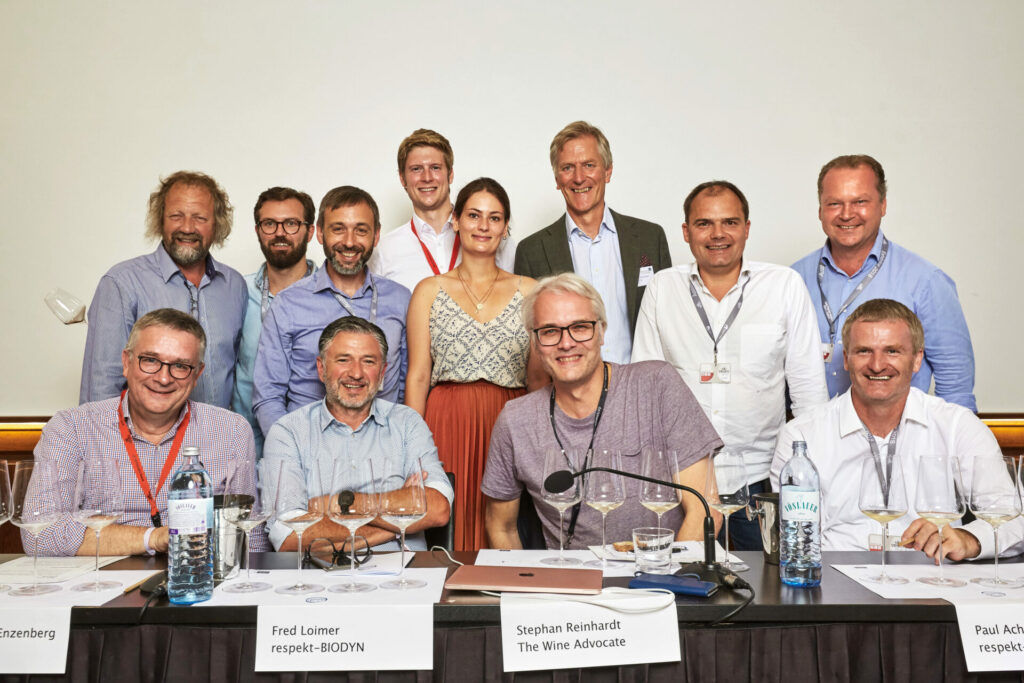
Fred Loimer with Respekt Biodynamie Members presenting a panel at VieVinum 2018
NR: Do you think people in the wine industry are mostly coming to biodynamics because of its philosophical and spiritual side, or more from a farming perspective these days?
FL: In the past, to be in the anthroposophic or biodynamic scene was to be a bit more in this sort of religion side of it. This has changed. When we started (with biodynamics) this was the reason we didn’t use the existing certification because we didn’t see this as what we wanted to do. We were really from the farming, from the practical side. This is why we founded this new association, Respekt. We use the ideas of biodynamic for us, but in a relaxed way. Our thought is to have the awareness to look carefully at what happens in the field and then react. To do a good job of farming we think that using your own resources instead of buying everything is more important than cosmic constellations.
N: Within Respekt a large part of what you do is education for other vineyards and cellar workers. What does that education program look like?
FL: First, we offer new members seminars to get in touch with biodynamics. Then, with the association, we have two meetings a year. Our biggest meeting is our December seminar, where we always take a theme and go into detail. Respekt has 35 members across Austria, Germany, and Italy. There are also regional groups of 5-6 people. They are meeting more frequently between our large biannual events, and this is the best education you can get. Everyone has their problems and their questions, and when you put all these questions or problems on the table and discuss them amongst five or six, that’s really efficient.
NR: When you think of the biodynamic farming regimens that you have in your vineyards, what are you thinking of as you look forward to that next 10-15 year of viticulture?
FL: We have to work really hard to “raise up” soil life and humus content so that soil gets better and better to balance the differences from year to year. Increasing humus to maintain water content is very important for resilience. We maybe have some new things to think about with green cover and management of the soil. At the moment we are changing our plowing methods to work superficially, only a few centimetres deep. We’re moving to applying interventions in the vineyard only partly, say every 4th row. This way, the mechanical impact is minimized. This is a softer way to regulate the vineyard and gives nature a chance to build diversity by itself.
NR: Is this shift in thinking around plowing and soil compaction broadly shared in the Kamptal?
FL: In the past, they kept the soil always clean because they didn’t have machines. So when the weeds came in, it was a problem to clean it again. Now, with machines, its easier, so when you have too much competition, you can easily regulate it because of machines. So that gives you a chance to let it grow. So 40 years ago, when you looked at the vineyards of our regions, almost everything was open soil, so there was no green cover. Today, when you look at the region, it is mostly green cover—different systems, but mainly green cover.
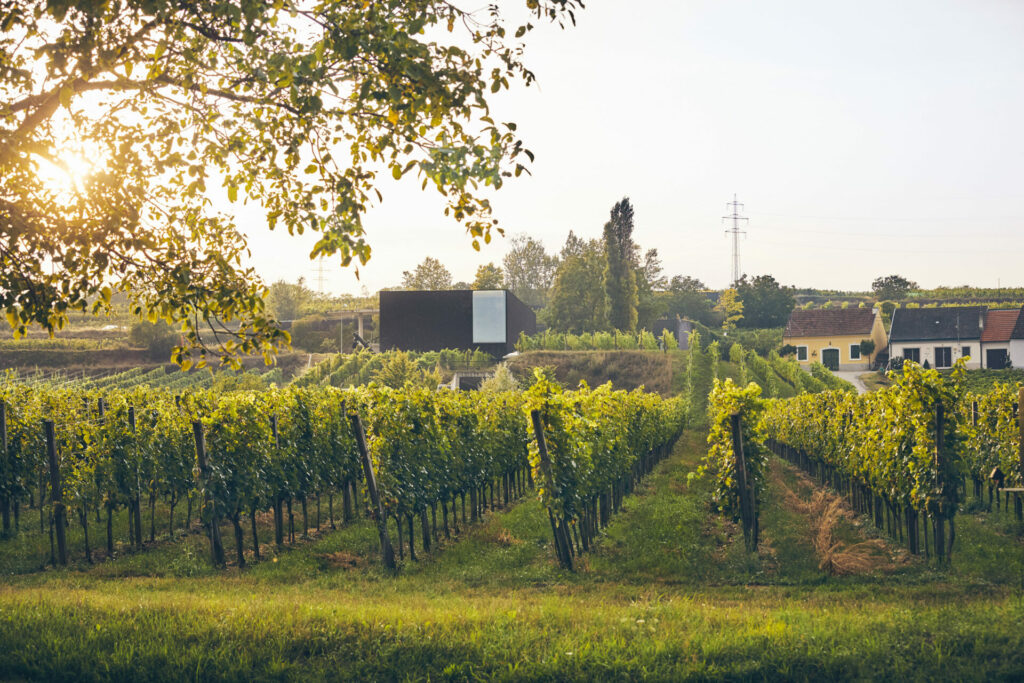
Weingut Loimer Estate in Kamptal, Austria

